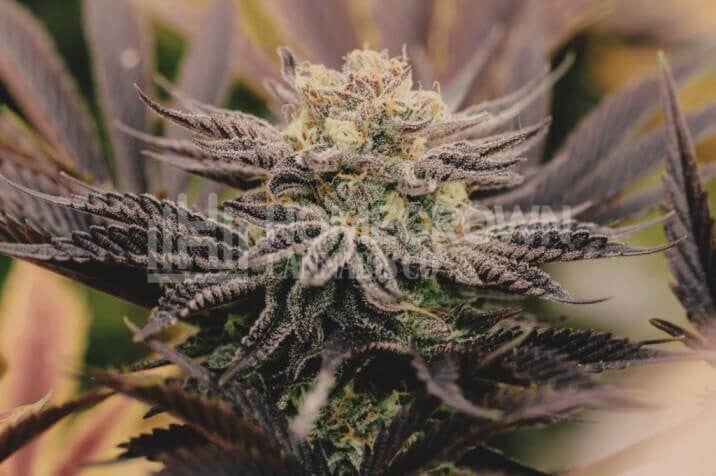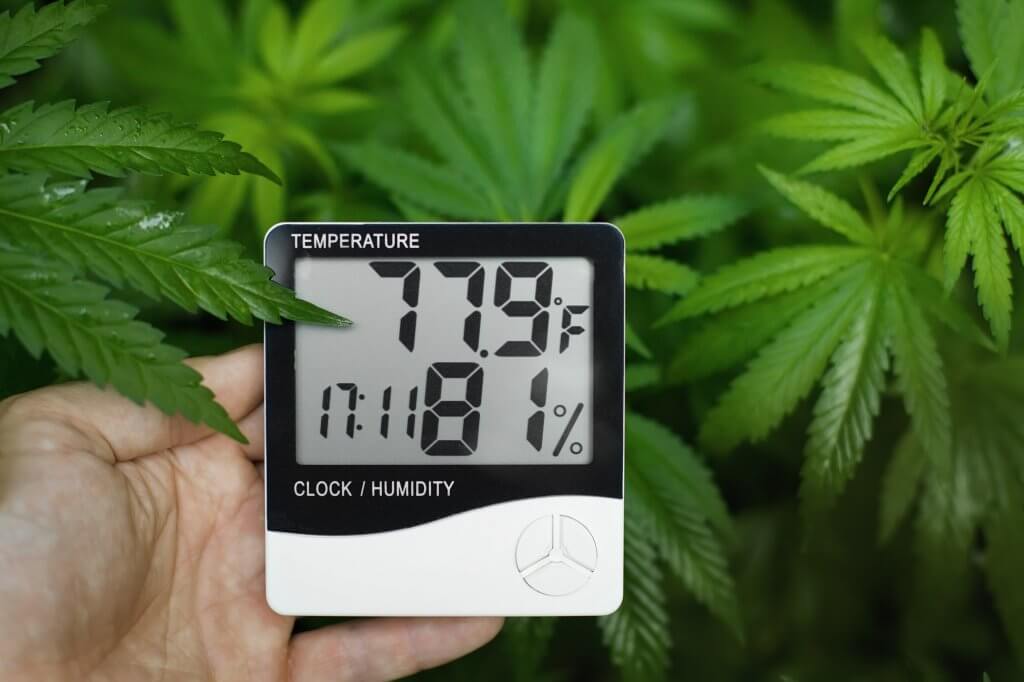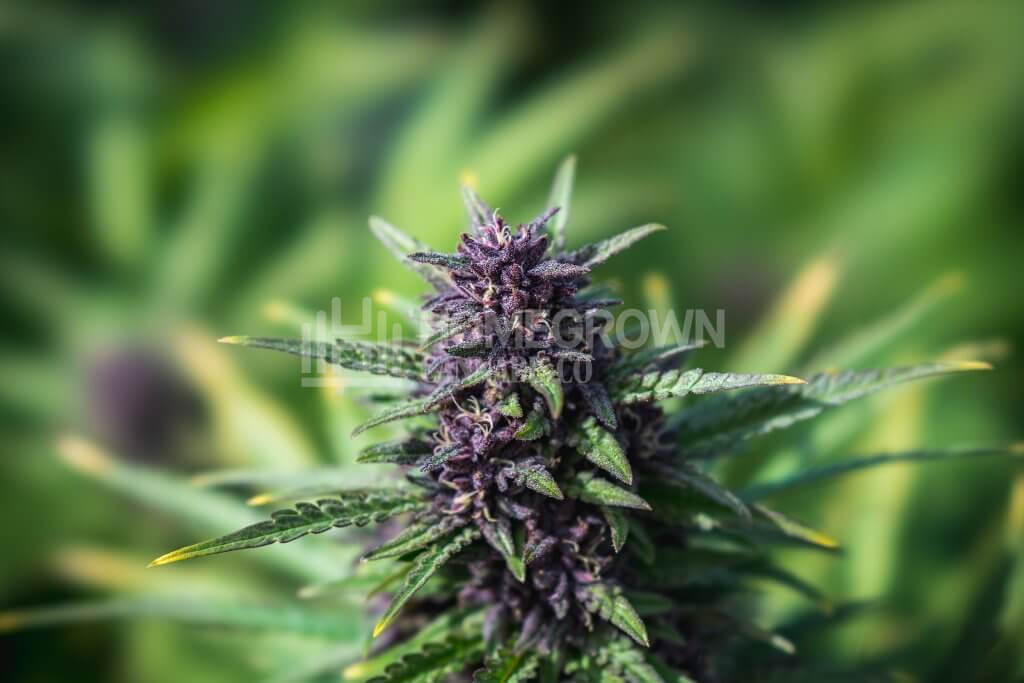Purple and Green Weed: Which One Wins the Battle?
Many people compare the aesthetics, potency, and quality of purple and green weed strains. Although cannabis crops are usually green, some can exhibit other colors, like purple, red, orange, and blue. Various factors are responsible for the hue alteration.
Purple weed plants often have stems, buds, and leaves that turn purplish. Sometimes, these strains may have green foliage and purple nugs.
The change in coloration often makes them stand out from their popular green counterparts. Many users prefer these variants because of their unique hue.
Are purple cannabis strains better than green ones? Are there any differences in the effects of these cannabis cultivars? Explore how purple weed strains compare to green ones below.
Purple and Green weed: What makes weed change colors?
Anthocyanins are the main element responsible for the color alteration in weed. They’re a collection of water-soluble pigments under a group of compounds known as flavonoids.
They’re present in numerous fruits, teas, nuts, roots, grains, tubers, cereals, and leafy vegetables. Research suggests anthocyanins have several potential therapeutic effects.
The surrounding pH levels typically determine the specific colors that anthocyanins display in a weed plant. These flavonoids are usually present in high amounts in purple, red, dark green, black, gold, and pink strains.
Cannabis plants are generally greenish due to the presence of chlorophyll, a green-colored compound that aids photosynthesis. As a crop moves closer to maturity, its chlorophyll level reduces, allowing other compounds in cannabis to display their hues.
At this stage, anthocyanins start manifesting their ability to make a weed plant appear purplish. The altered pigmentation shows the primary difference between green and purple weed strains.
A 2019 study claims purple coloration is a type of defense mechanism for cannabis plants. They use the technique to cope with extreme changes in temperatures, light, and other crucial environmental factors.
The amount of anthocyanins differs from one plant to another. When in abundance, purple weed can even dye water.
Anthocyanins are abundant in many exotic strains of purple weed, such as:
- Fruity Pebbles
- Granddaddy Purple
- Purple Kush

- Strawberry Bliss
- Critical Purple
- Purple Urkle
- Obama Kush
- Purple Trainwreck
- Sour Grape
- Purple Cheese
- Purple Haze
These strains often start exhibiting violet coloration as they reach the later stages of flowering.
How growing conditions can influence weed colors
Although anthocyanins are the primary factor altering weed pigmentation, the growing conditions of purple plants also have an influence on their hue. Cultivating weed crops under certain situations could help them express their eye-catching hues.
Check out which growing conditions affect cannabis color below.
Temperature
As a cannabis plant develops, it produces chlorophyll in its chloroplasts, which are specialized structures for promoting photosynthesis. If the environmental temperature is ideal, the production of the green-colored pigment continues for an extended period at the normal rate.
When the temperature falls, chlorophyll synthesis reduces significantly, allowing anthocyanins and other compounds to display their properties. If your plant has the genetic makeup for purple pigmentation, it may become purplish once the temperatures reduce.
Some growers make their weed plants grow in cold conditions, but this strategy could be counterproductive. While it may make them turn purple, it often puts too much stress on the crops and affects their yield. This can result in weed damage or even death.

Soil pH levels
The level of soil alkalinity and acidity influences the amount of potassium, nitrogen, and other nutrients that plants receive and use. If the soil pH values stress plants during their flowering stage, their color may change.
The effects of soil pH still depend largely on weed genetics. If the plant doesn’t have a sufficient amount of flavonoids for pigment changes, it retains its initial hue regardless of the pH value.
Cannabis crops are usually blue when the soil pH values are alkaline, purple when neutral, and red when acidic. Depending on the pH range, the shades of a particular color may vary slightly.
Light
Light is a critical factor affecting plant growth and hues. Excess or deficient sunlight may encourage color changes in certain cannabis crops.
A light deficiency often fades the color of cannabis flowers and stems. If you use LED lamps regularly, it promotes the production of anthocyanins. This increases the crop’s ability to tolerate UV rays and also creates a deeper hue.
Nutrients
At each growth stage, plants require certain minerals to reach their potential. Nutrient deficiencies may lead to changes in hues if the strain has the genetic makeup for pigment alteration.
Although nutrient deficiencies cause developmental problems in weed plants, they also influence whether it turns purple or other colors. A phosphorus deficiency is typically associated with purple stems.
Experts don’t recommend using nutrient deficiency to promote color changes, as it could cause stunted growth or curly and withered leaves.
Key differences between green and purple cannabis
While purple and green weed variants have many similarities, they differ in some areas. Below are the key differences between these types of weed strains.

Concentration of anthocyanins
The most obvious difference between green and purple cannabis plants is the level of anthocyanins, compounds that stimulate changes in pigmentation. Although most cannabis crops have some anthocyanins, the quantity differs.
The compounds are more abundant in purple strains than in green cannabis plants. The quantity affects how the crops express their hues in certain situations, like low temperatures.
If a plant has a high level of anthocyanins and the gene for purple coloration, the flavonoids can make it purplish.
THC levels
Another notable difference between green and purple weed strains is the amount of THC in them. Weed variants with purplish coloration tend to have lower THC concentrations than their counterparts.
According to research, cold temperature is one of the main factors that makes cannabis plants turn purple and may also reduce the THC level.
Cold and other factors stress weed plants and trigger the production of anthocyanin as a protective mechanism. During this process, the weed crops channel their energy into creating pigment-altering compounds rather than synthesizing THC.
While the plant may bring out eye-catching purple stems, leaves, and buds, it may not be as potent as the green cannabis strain.
Fruitier flavor and fragrance
Experts believe that marijuana variants with purple coloration are fruitier than other varieties. These strains typically taste and smell like fruits more than other cultivars. The enhanced flavors and fragrances of purple weed strains are linked to a high concentration of anthocyanins.
So, is purple weed better than green?
Considering how much some growers invest in color changes, you might wonder if purple weed is better than green. While many believe that weed nugs with a purplish appearance are more attractive than green ones, others don’t feel the same way.
Many enthusiasts prefer consuming purple cannabis buds to other colors. As a result, these cannabis strains may seem more valuable to growers than green variants.
Apart from their unique hues, purple weed strains have a higher concentration of anthocyanins than green cultivars. Research and anecdotal evidence suggests these compounds may have neuroprotective, anti-inflammatory, and analgesic abilities.
Due to these properties, anthocyanins could help treat dementia, heart disease, obesity, and other health problems. The compounds may also combat harmful microorganisms and reduce the risk of cancer.

So, is purple weed stronger or more potent than green weed? No, changes in coloration don’t make any strain better or more powerful. While purple strains may have more benefits than other colors, this claim isn’t fully understood yet.
Different hues of weed tend to have similar effects, potency levels, and quality. The only exception is white-colored strains, which feature more powerful trichomes than other variants.
Purple cannabis plants may even have a lower level of THC than other strains. As a result, their psychoactive effects could be less powerful than green variants.
Experiment with different hues of weed
All weed strains have unique properties and benefits. Many growers choose purple cultivars because of their special color and visual appeal. Having a purplish hue doesn’t make the weed better; it’s just the result of genes, flavonoids, and certain growing conditions.
Want to grow visually appealing purple weed strains? Get high-quality cannabis seeds from Homegrown Cannabis Co. and start cultivating healthy, high-yielding purple plants.